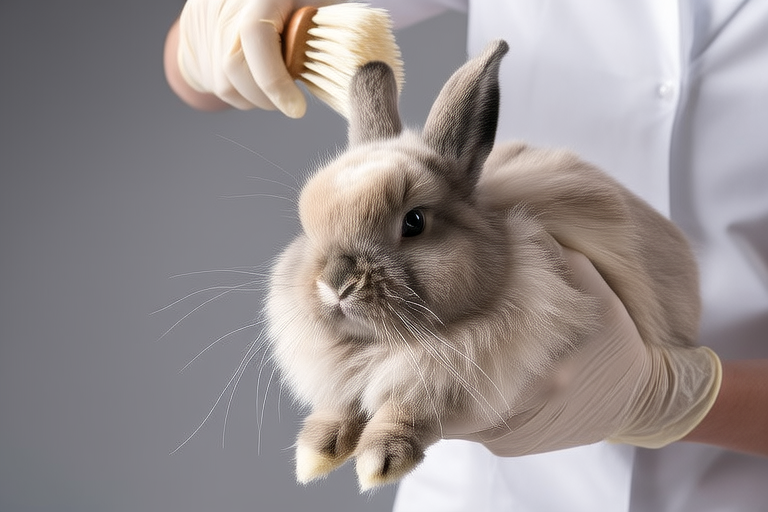How to Groom Your Dutch Dwarf Rabbit Like a Pro
Welcome to the world of rabbit grooming! Caring for your Dutch Dwarf Rabbit involves more than just feeding and playing with them. Proper grooming is crucial for their health and well-being. This guide will walk you through every aspect of grooming your Dutch Dwarf Rabbit like a pro.
Essential Grooming Tools Needed
To get started, you’ll need some basic tools:
- A soft-bristled brush: Ideal for removing loose fur and preventing matting.
- Nail clippers or a guillotine-style nail trimmer: For safe and effective nail trimming.
- Flea comb: Useful for checking for fleas and other parasites.
- Rabbit-safe shampoo: Use this only when necessary, as rabbits naturally groom themselves.
- Cotton balls: To clean ears gently.
- Toothbrush: For cleaning teeth and massaging gums.
Frequency of Grooming
The frequency of grooming depends on several factors, including the season and your rabbit’s coat type. Generally, weekly brushing is recommended during shedding seasons to prevent hairballs. Outside these periods, bi-weekly brushing should suffice.
Proper Brushing Techniques
Brushing your Dutch Dwarf Rabbit regularly helps maintain a healthy coat and reduces the risk of hairballs. Here’s how:
- Start by sitting quietly with your rabbit on your lap or on a table.
- Use gentle strokes, following the direction of the fur growth.
- Pay special attention to areas where mats may form, such as behind the ears and under the belly.
- For stubborn knots, dampen the area slightly and work the knot out slowly.
Nail Trimming Methods
Nail trimming is essential to prevent overgrowth that can lead to discomfort and difficulty walking. Here’s how to do it safely:
- Trim nails every two to four weeks, depending on growth rate.
- Use a bright light to see the quick clearly.
- Trim only the tip of the nail, avoiding the quick.
- Apply styptic powder if you accidentally cut into the quick.
Ear and Teeth Care Specifics
Your rabbit’s ears and teeth require regular attention:
- Ears: Clean ears monthly using cotton balls and a small amount of alcohol-free ear cleaner. Gently wipe the inside of the ear flap and around the opening.
- Teeth: Check teeth daily for signs of overgrowth or misalignment. Trim overgrown teeth using appropriate tools or consult a vet.
Bathing Instructions
Rabbits are generally clean animals and rarely need baths. However, if necessary:
- Use a shallow container filled with warm water.
- Apply a small amount of rabbit-safe shampoo.
- Massage gently, avoiding eyes and ears.
- Rinse thoroughly and towel dry.
- Keep your rabbit in a warm, quiet place until fully dry.
Recognizing Signs of Skin Issues
It’s important to recognize signs of skin issues early:
- Redness, swelling, or discharge could indicate infection.
- Excessive scratching or biting at the skin might suggest irritation or parasites.
- Consult a veterinarian if you notice any of these signs.
Tips for Making the Grooming Process Stress-Free
Grooming should be a positive experience for both you and your rabbit. Here are some tips:
- Introduce grooming gradually, starting with short sessions.
- Use treats and praise to reinforce good behavior.
- Ensure a calm, quiet environment.
- Handle your rabbit gently and with respect.
Conclusion
Grooming your Dutch Dwarf Rabbit is an important part of caring for them. By following these steps, you can ensure your rabbit remains healthy, happy, and comfortable. Remember, patience and consistency are key. Happy grooming!
